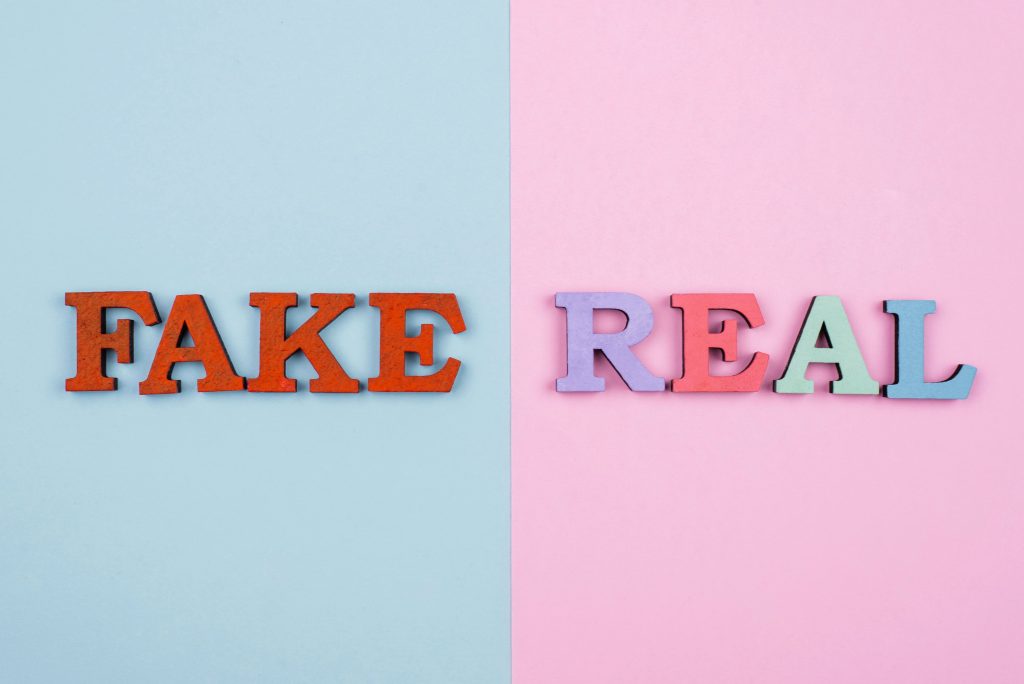
As the demand for dietary supplements and cosmetics rises, so does the circulation of counterfeit products. These fake or unlicensed items often contain harmful ingredients, lack scientific testing, and can seriously harm your health. Knowing how to identify genuine products is not just smart, it’s essential for your safety and wellness.
This guide will help you confidently determine the difference between fake and real supplements and cosmetics, ensuring you only purchase safe and effective supplements and cosmetics.
1. Why Fake Products Are Dangerous
Counterfeit supplements or cosmetics:
- Often lack scientific testing
- May contain toxic or banned substances
- Provide no actual health benefits
- Can cause allergic reactions, skin damage, liver problems, or hormonal imbalance
2. Key Signs of Legitimate Products
Registration Number
Look for FDA, GMP, Ministry of Health, or other regulatory approval codes. Genuine products will display a registration or license number that you can verify online.
Clear Manufacturer Information
Real products clearly state the company name, address, website, and customer service contact.
Authentic Packaging
Official products come in sealed packaging, with high print quality, barcodes, and often QR codes for authentication.
Ingredient Transparency
Licensed brands list complete ingredients, dosage, usage instructions, and warnings. Fake products often hide or falsify ingredients.
Certificate or QR Code Verification
Many genuine brands now provide scannable QR codes that show lab results or certification documents.
3. Red Flags of Fake or Unlicensed Products
- Too-good-to-be-true claims (“Results in 3 days”, “Permanent cure”)
- No manufacturer or contact details
- Missing labels or foreign language only, with no translation
- Unusual smell or texture in creams, capsules, or powders
- Sold extremely cheaply compared to the market price
- Packaging errors like misspellings or low-quality printing
4. How to Verify Product Legitimacy
Step-by-Step Checklist
| What to Check | Licensed Product | Fake Product |
|---|---|---|
| Registration Number | Verifiable | None or fake |
| Manufacturer Website | Available | Missing |
| Ingredients List | Detailed | Incomplete |
| Packaging & Seals | Professional | Poor quality |
| Price | Consistent | Suspiciously low |
| QR/Barcode | Scannable | Invalid |
5. Where to Safely Buy Authentic Products
- Official brand websites or authorized stores
- Licensed pharmacies
- Verified eCommerce platforms with seller ratings
- Avoid random social media sellers or no-name websites
6. What to Do If You Suspect a Fake Product
- Stop using immediately
- Report to local health authorities
- Contact the original manufacturer with product photos
- Leave reviews to warn other customers
Conclusion
Your health is priceless. Choosing authentic, licensed products is the only way to ensure safety and effectiveness. By learning how to spot counterfeit items, you protect not only your investment, but your long-term wellbeing.
Always check. Always verify. Always buy from trusted sources.
Explore our website to learn more: Click Here
